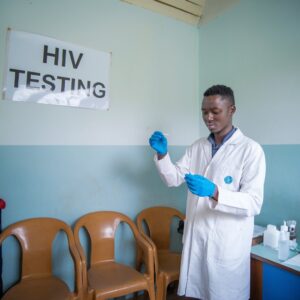Laura Ferguson, Sofia Gruskin, Maria Bolshakova, Sachi Yagyu, Ning Fu, Nicky Cabrera, Mary Rozelle, Kasoka Kasoka, Tessa Oraro-Lawrence, Lucy Stackpool-Moore, Aneesa Motala, Susanne Hempel
Introduction
There is strong global commitment to eliminate HIV-related stigma, and work in this area continues to evolve. Wide variation exists in frameworks and measures used.
Methods
Building on the existing knowledge syntheses, we carried out a systematic review to identify frameworks and measures aiming to understand or assess internalized stigma, stigma and discrimination in healthcare, and in law and policy. The review addressed two questions: Which conceptual frameworks have been proposed to assess internalized stigma, stigma and discrimination experienced in healthcare settings, and stigma and discrimination entrenched in national laws and policies? Which measures of these different types of stigma and discrimination have been proposed and what are their descriptive properties? Searches, completed on 6 May 2021, cover publications from 2008 onwards. The review is registered in PROSPERO (CRD42021249348), the protocol incorporated stakeholder input, and the data are available in the Systematic Review Data Repository.
Results and discussion
Sixty-nine frameworks and 50 measures met the inclusion criteria. Critical appraisal figures and detailed evidence tables summarize these resources. We established a compendium of frameworks and a catalogue of measures of HIV-related stigma and discrimination. Seventeen frameworks and 10 measures addressed at least two of our focus domains, with least attention to stigma and discrimination in law and policy. The lack of common definitions and variability in scope and structure of HIV-related frameworks and measures creates challenges in understanding what is being addressed and measured, both in relation to stigma and efforts to mitigate or reduce its harmful effects. Having comparable data is essential for tracking change over time within and between interventions.





